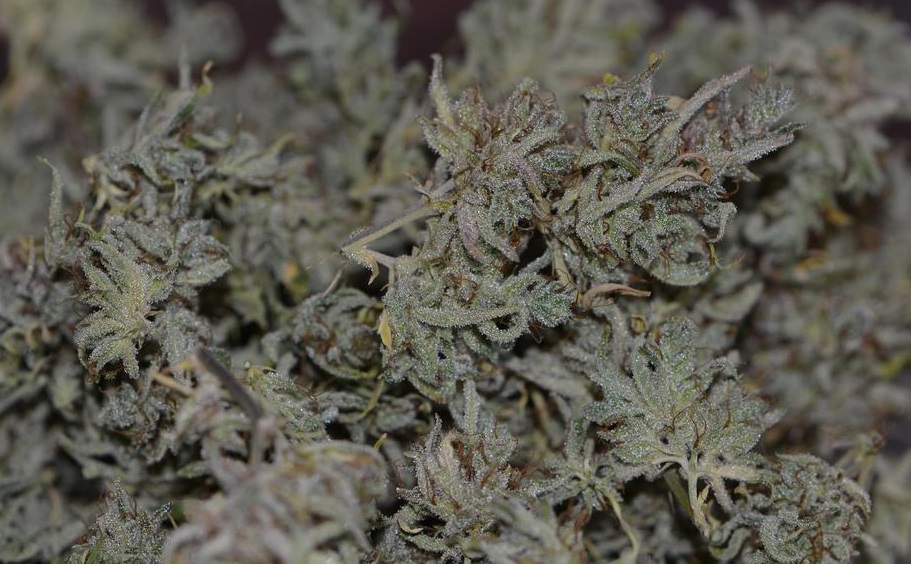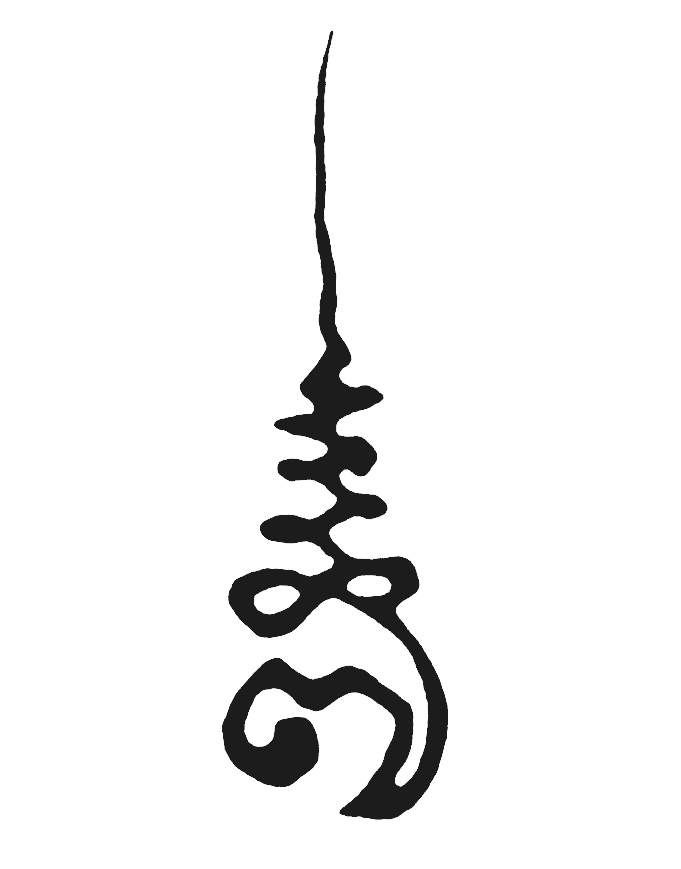acespicoli
Well-known member
Have yet to do that project, if your interested in doing the seed run your welcome to it.Any pictures of that red Thai The Real Seed Company at harvest?. Love that structure
It is special, wish I had time and favorable conditions .
https://therealseedcompany.com/2023/05/thai-stick-landraces-good-ganja/
The photo above is a lower branch of a Lao / ‘Thai Stick’ ganja landrace collected by Angus c. 2012 and pushed well into senescence indoors by a customer.
Strong aromas such as musk, tobacco, dark chocolate, and overripe fruit are typical of this type of Central Lao cannabis.
@Roms
@Roms
It is possible this ‘Red Thai’ line is related to a prized ’70s Lao/Isaan strain that was grown in this region and known to smokers as ‘Sa Daeng’ or ‘Red Ganja’.

Mango Thai - The Real Seed Company - Cannabis Landrace
Authentic Lao – Thai cannabis landrace strain seeds directly sourced from the historic ganja heartlands of Thailand and Laos by The Real Seed Company
therealseedcompany.com
Red Thai – Zen House Gardens
 zenhousegardens.net
zenhousegardens.net

Lao Highland Tribe - Khalifa Genetics - Regular Landrace Seeds
Lao Highland Sativa displaying a tremendous vigor. Grown by the akha tribal group, this sativa landrace comes from Northern Laos.
 khalifagenetics.com
khalifagenetics.com
Mass Medical Strains - Laos Landrace - Highland Sativa
Laos Landrace Sativa with high resin content, purple foxtail structure, anti-anxiety trippy high, energetic, 13 weeks flowering time, high thcv!
 www.massmedicalstrains.com
www.massmedicalstrains.com
Is this the one your interested in ?
If your resources are booked as well I will keep it in mind

Last edited:






























.jpg/:/rs=w:57,h:57,m)














